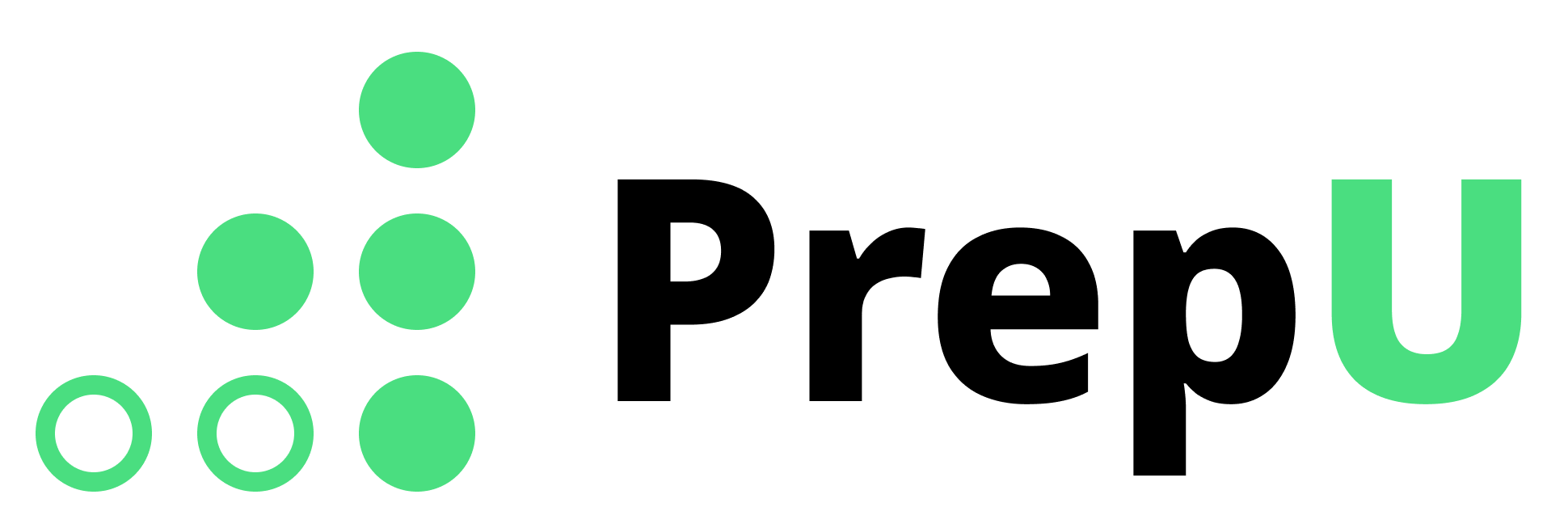Main Purpose
Main Purpose Questions
How to Identify
Main purpose questions are easy to identify. As always, you will jump straight to the question. Then you will see that it is worded exactly like this: "Which choice best states the main purpose of the text?"
Example Question
How Is This Different From Main Idea Questions?
Main purpose questions, which fall under the Craft & Structure domain and therefore will show up slightly earlier in the test, are similar to main idea questions, which wall under Information & Ideas, but they don't mean exactly the same thing. The main purpose is more about the main point or what the author is trying to achieve, while the main idea is asking what the passage is generally about, or what the main thing is that it is trying to convey. To be honest, there won't be a big difference in the strategy used between these similar question types. You will notice that main purpose answer choices are going to start with the word "to", because the purpose is always for the author "to" do something. On the other hand, main idea answer choices will just contain information that summarizes the gist of what he passage is about.
How to Approach
To solve a main purpose question, you will need to read the passage carefully make sure you fully comprehend what the test is saying. Try to dumb down each sentence and to a brief summary in your head, then try to briefly summarize in your head what the passage is trying to convey overall. Finally, look through the answer choices and search for the one that best summarizes the main purpose of the passage.
Two Criteria for the Correct Answer
There are two main criteria that an answer choice has to fulfill to be the correct answer.
Must be backed up by passage
First, whatever it says must be true based on what the passage says. It shouldn't make additional assumptions or claims that go beyond what is supported by the passsage. Must be the main purpose
Second, it has to be reasonable to call it the "main purpose" of the passage. If it's true based on the passage, but only represents a minor detail, then it's not the main purpose. If it seems like two answer choices are both true based on the passage, then go with the one that seems to more broadly cover the main purpose, or what the author would be trying to achieve. Trap answers
You'll want to keep an eye out for all of the common wrong answer types we discussed in Wrong Answers, but once to particularly look out for on main purpose questions are:
Supported by the text, but doesn't answer the question
In this case "doesn't answer the question" means that the answer choice doesn't adequately represent the main purpose of the passage. It might accurately describe a minor detail of the passage, but not the main purpose. If we see two answers that are both true based on the passage, then go with the one that seems to more broadly cover the main purpose, or what the author would be trying to achieve.
Overstating the text
Watch out for answer chioces that seem to convey the sentiment of the main purpose, but go too far in what they claim, using overly exteme language or comparisons that aren't supported by the text.
